From Inbox to Enrollment: How to Craft Email Campaigns That Actually Convert
HEM (Higher Education Marketing)
MAY 28, 2025
Yet, email marketing for universities and other higher educational institutions isnt just surviving, its thriving. While newer platforms grab headlines, email continues to deliver results where it matters most: student recruitment. Email remains one of the most powerful channels in higher education marketing, and for good reason.








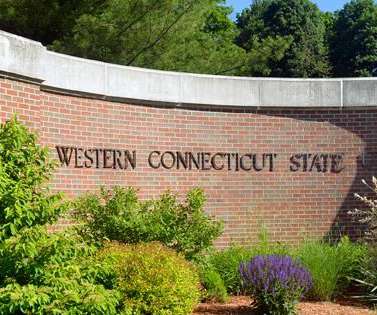

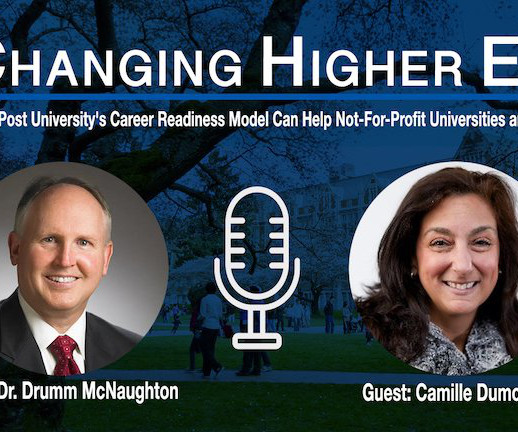
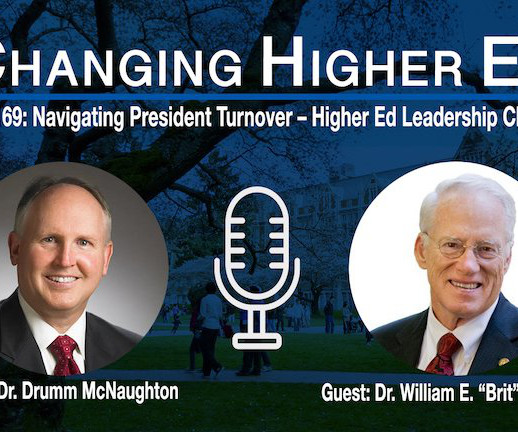
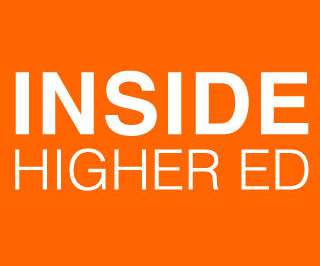
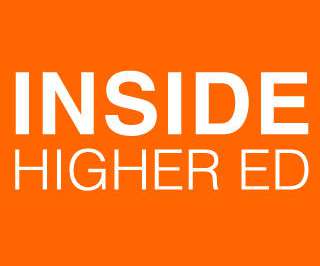






Let's personalize your content